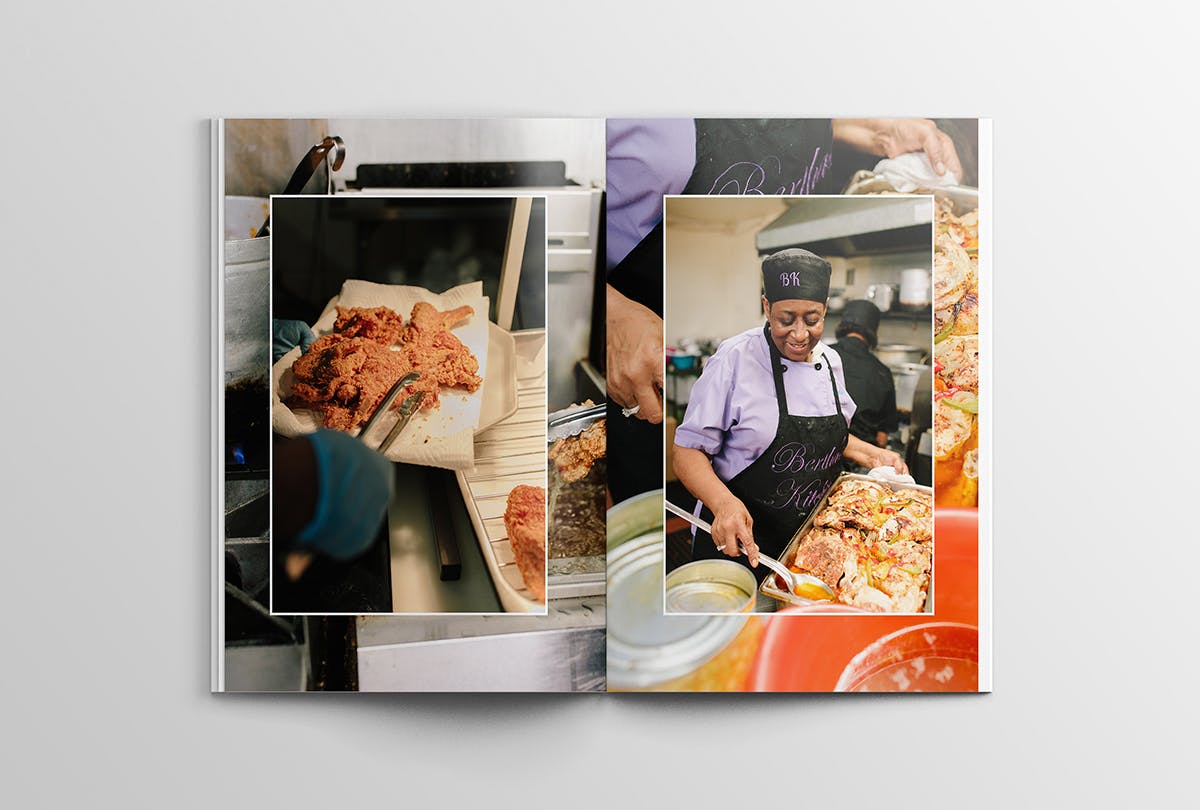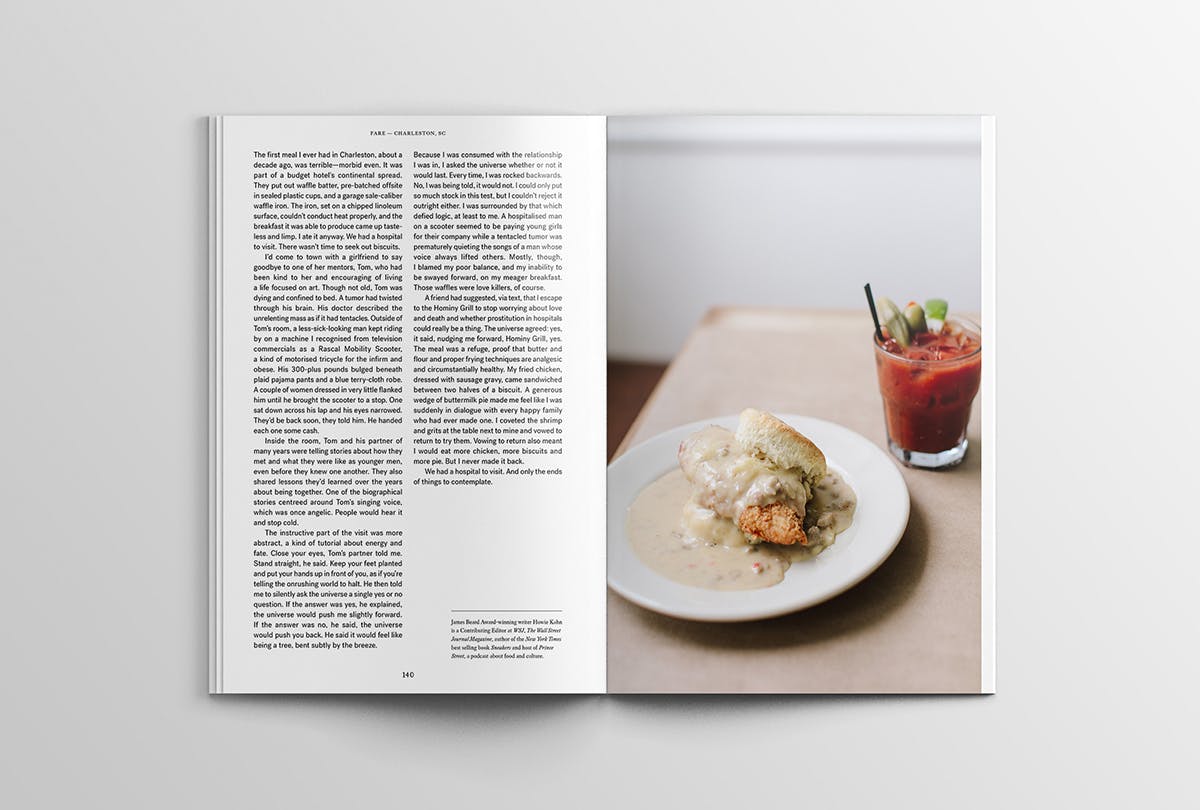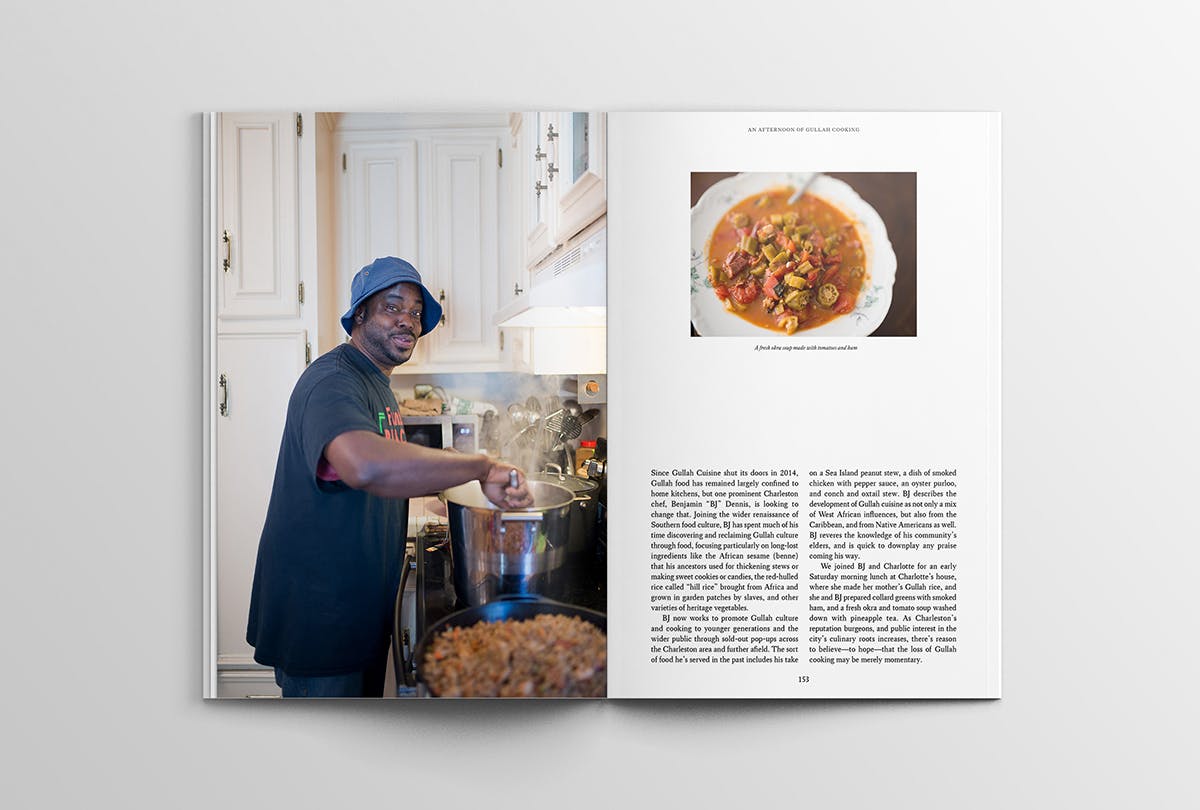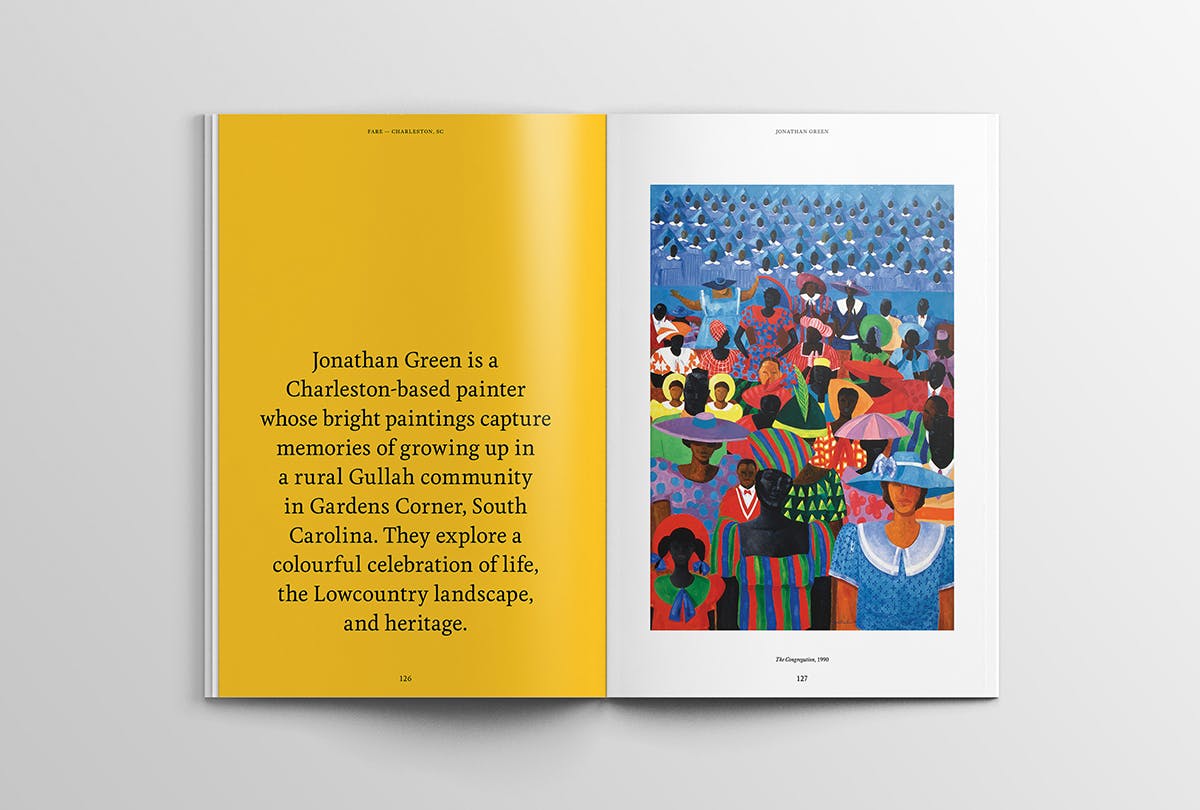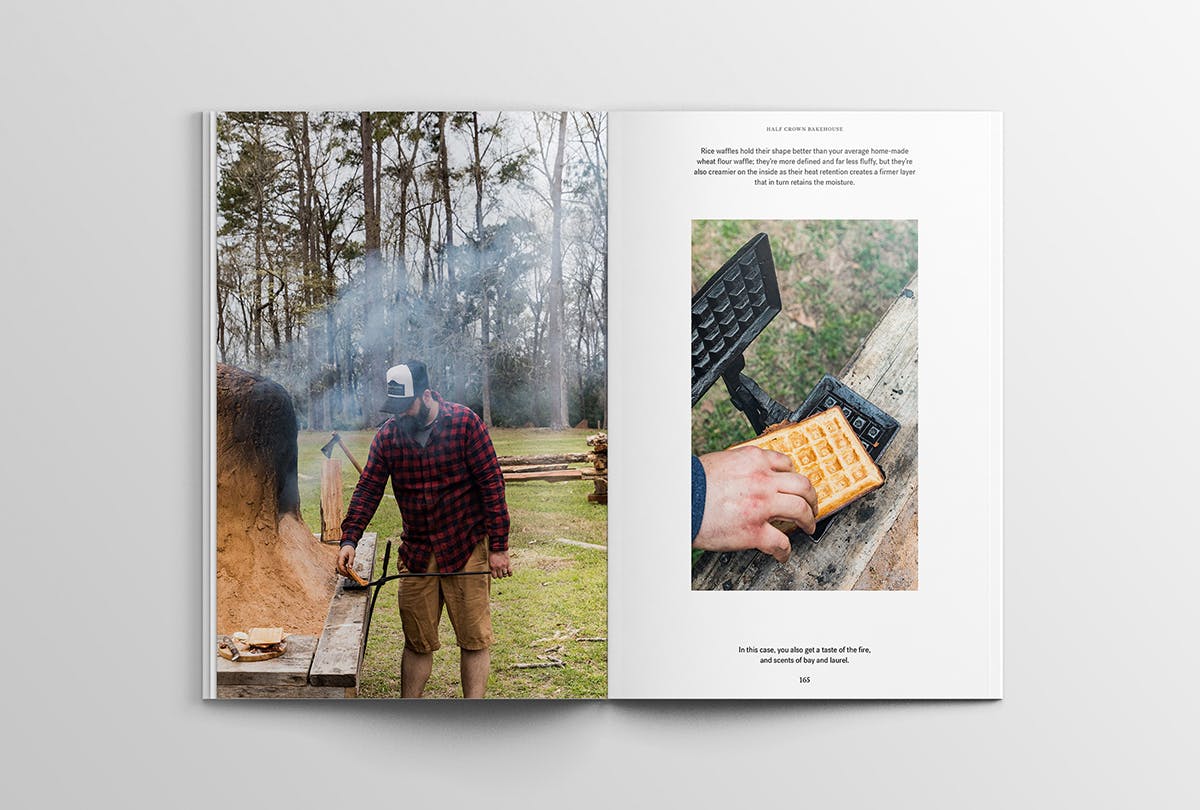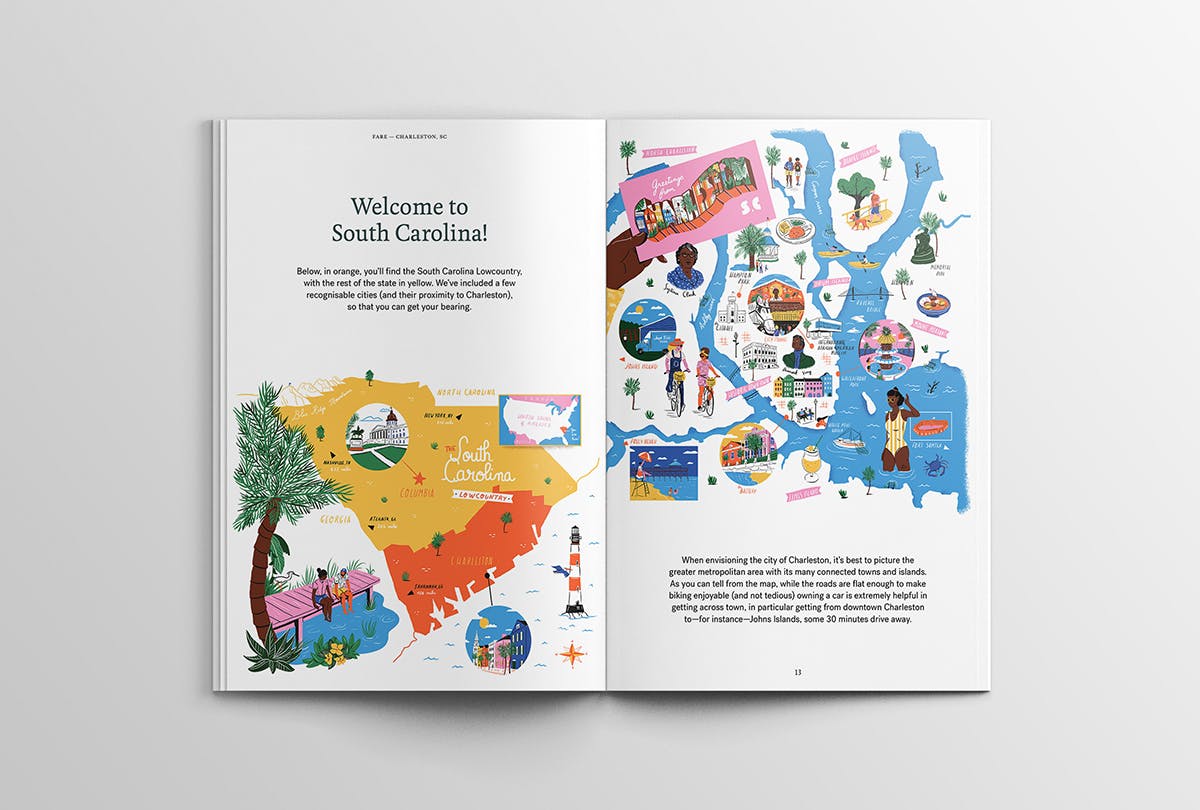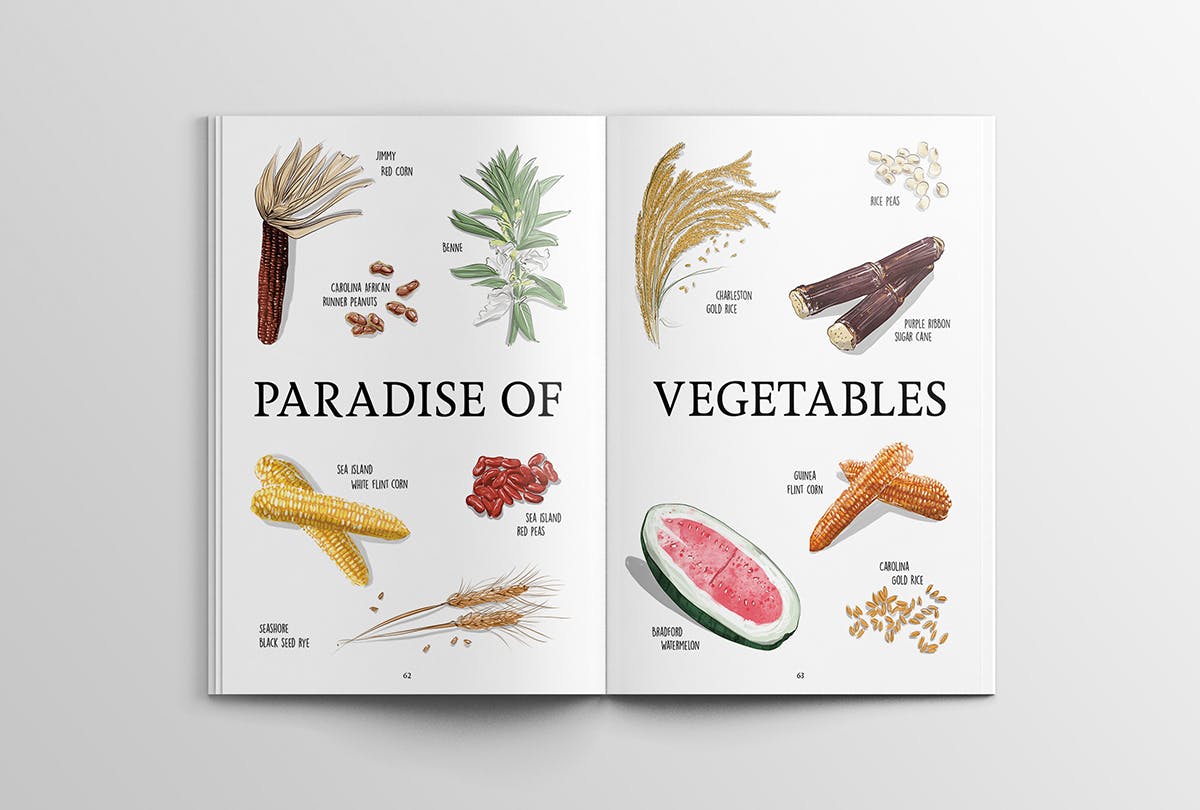Late night snacks and watermelon pickles: Fare magazine in Charleston, South Carolina
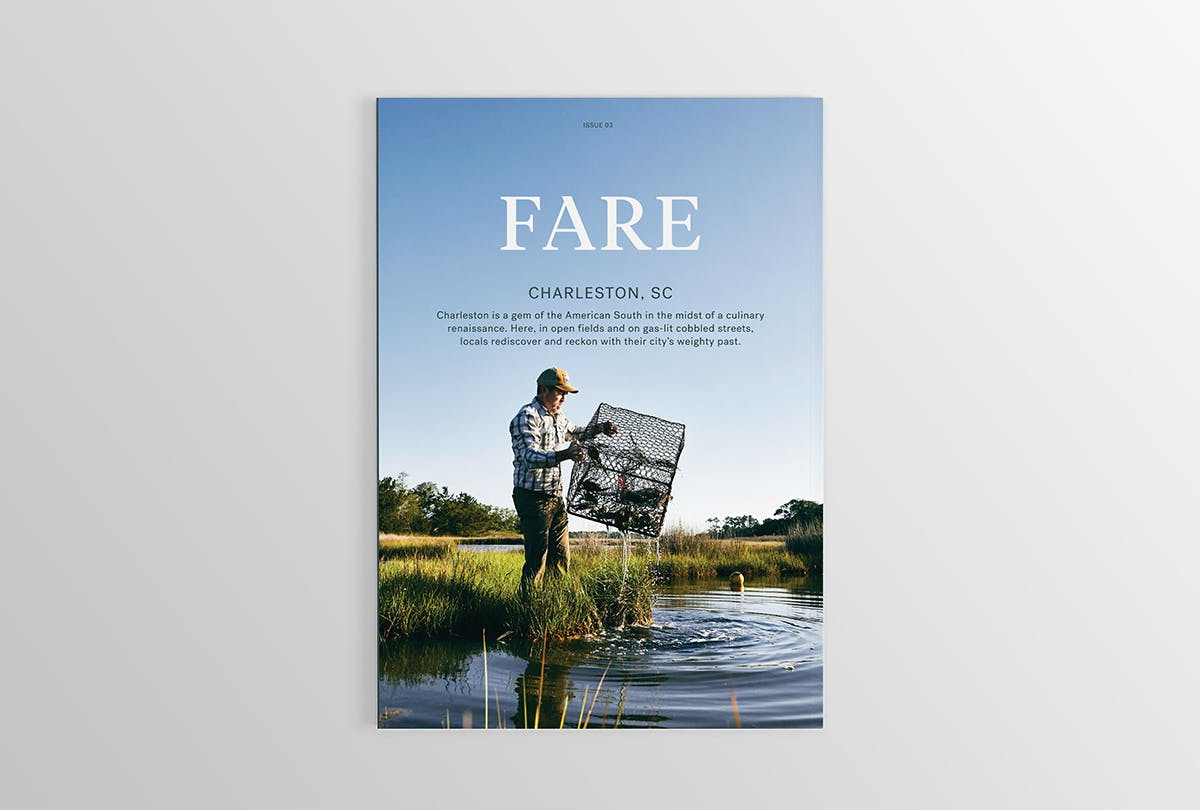
With food as its starting point, the fourth edition of Fare magazine goes deep into the rich history of Charleston, South Carolina. So much more than a ‘food and travel’ magazine, the issue celebrates overlooked civil rights activists, spends time with humble home cooks, and speaks to knowledgable agriculturalists and food-crazed diners who make up this port city of the American South.
With fantastic commissioning, pairing photographers with the perfect assignment, each feature feels like an exhibition of its own — one you can pace through in your own time, while wrapped up in the evocative, ambrosial writing. We’ve already picked Ben’s brains on their Istanbul issue, and reviewed their Helsinki edition. Now, we go behind the scenes on this latest release, and walk with him through the dive bars and watermelon farms of America’s number one small city.
What did you read/watch in preparation of the Charleston issue?
To start — every article I could find online. It required a lot of sifting through pieces, since the vast were about the church shooting there a few years back. It goes to show, when the media discusses a single topic, just how many times you can rehash/spin a new angle.
I also read or skimmed about a dozen books that discussed a combination of food/food cultures/history — be it of the entire South or just South Carolina. I got to chat to some very knowledgeable locals in advance of my trip as well. Two historians, for example, just chatted to me on the phone for hours and hours answering all my questions. It was a nice advantage this time around to have all the sources in my native tongue, haha.
What sorts of questions did you have for the historians?
I wanted a real grounding in what led to the city’s formation, and what it meant to be a proprietary colony, and how that set up that emphasis on profit over everything else.
Was this your first time in Charleston? Can you describe your first impressions of the city?
Yes, actually! I had two really amazing moments in town on my first couple of days… The first was walking down King Street, about 20 degrees celsius, with this nice gentle breeze ruffling the palmetto trees as the sun started to set. The street is pretty narrow and the section we were walking down has loads of great restaurants and bars, and we really just soaked up that walk, peering in and out of places and sipping on anti-jetlag coffee, haha.
The other that sticks out in my mind is walking down the cobbled backstreets around Queen Street with Justin Cherry from the restaurant Husk, and suddenly there was the restaurant, with these amazing gaslights and porch fans…the atmosphere was incredible (below). Like jumping back in time 200 years. In other, older countries that might not be so notable, but in America that difference is beautiful and jarring. I loved it.

What was the best late night snack you had while you were there?
Oh geeze, this is sort of embarrassing. Well, I went to the Tattooed Moose, a really great dive bar in Charleston — and I went twice in three days. The waitress recognised me (I was sitting alone, haha), and asked if I wanted the same thing I ordered the other day… which I did. I got a burger and fries, and a beer. The burger (below) is one of the better ones in Charleston, and I’m partial to a good dive, so the combo is like a little zen moment for me when I’m otherwise frenetically eating food that requires a lot of thought.

Locals seemed to have welcomed you into their homes, kitchens, and farms — can you describe one setting that stands out in your memory?
It’s hard to single out one. Nat Bradford made us feel so at home at the farm — so did Joseph Fields. We also had a little taste-test of the watermelon pickles, the dark molasses and the red molasses, and the Bradford collards. At Joseph’s farm we were welcomed into the house with some homemade wine and fruitcake, and then, as you see in the ‘Afternoon of Gullah Cooking’ piece we had a wonderful afternoon chatting and cooking at home with Charlotte Jenkins and BJ Dennis. Charlotte is an incredible cook and I genuinely had four helpings each of her Gullah rice, the okra soup, and collard greens. I can’t help myself.
You write in the opening letter that Charleston was born out of immense hardships, but the issue wanted to focus on the locals whose legacies are too often overlooked. Can you tell us about one of these pioneering individuals?
Absolutely. One of those individuals was Septima Clark, who Martin Luther King called the grandmother of the Civil Rights movement. She worked tirelessly to educate and inspire generations of disenfranchised African-Americans across the South, especially in and around her hometown of Charleston. The Sea Islands around Charleston, in particular, were home to significant populations without formal education, literacy, and knowledge of voting rights. One of her greatest accomplishments was helping to reverse those trends, but her whole career was spent standing up for what’s right. We go into her story quite a bit, through the eyes of a local.
What gave you the biggest headache during the making of this issue?
The planning. I had originally wanted Charleston to be Issue Four, we had another city lined up for Issue Three, and it fell through at the last moment. I had to put together a rough TOC, the flights, the photographers, the writers, etc, in about 48 hours. I’m not doing that again.
Where to next?
It’s still a secret where exactly, but I’ll hint that it’s far, far, far east of Charleston.
faremag.com
instagram.com/faremag
—
Stay abreast of the best independent publishing — sign up to Stack and we’ll deliver our favourites to your letterbox
